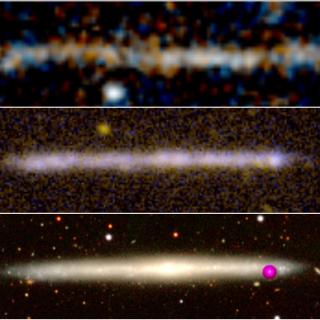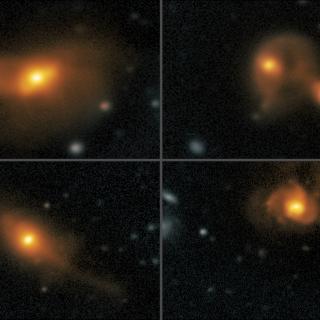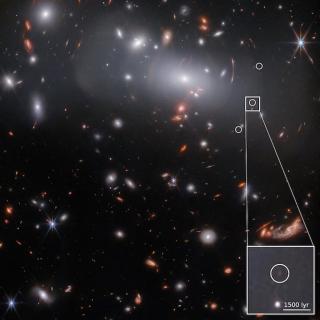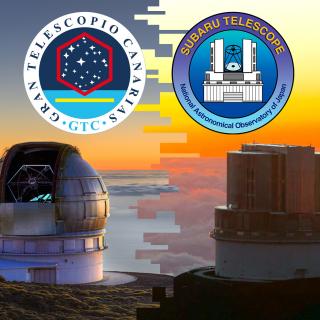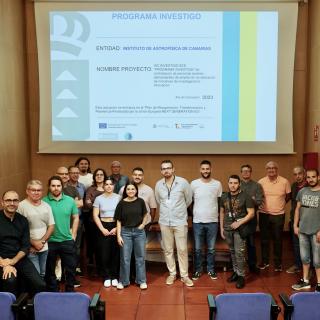
On 28th April last, 11 people joined the Instituto de Astrofísica de Canarias through the "INVESTIGO Programme" for hiring young job seekers to carry out research and innovation initiatives, financed by the Canary Islands Employment Service through the Recovery, Transformation and Resilience Plan-Next Generation EU Funds. A welcoming ceremony was held in the classroom at the IAC Headquarters where the new staff was received by Alfonso López, coordinator of Instrumentation at the IAC, and Anselmo Sosa, manager of the Office of Transfer and Institutional Actions (OTAI). The different heads of
Advertised on
